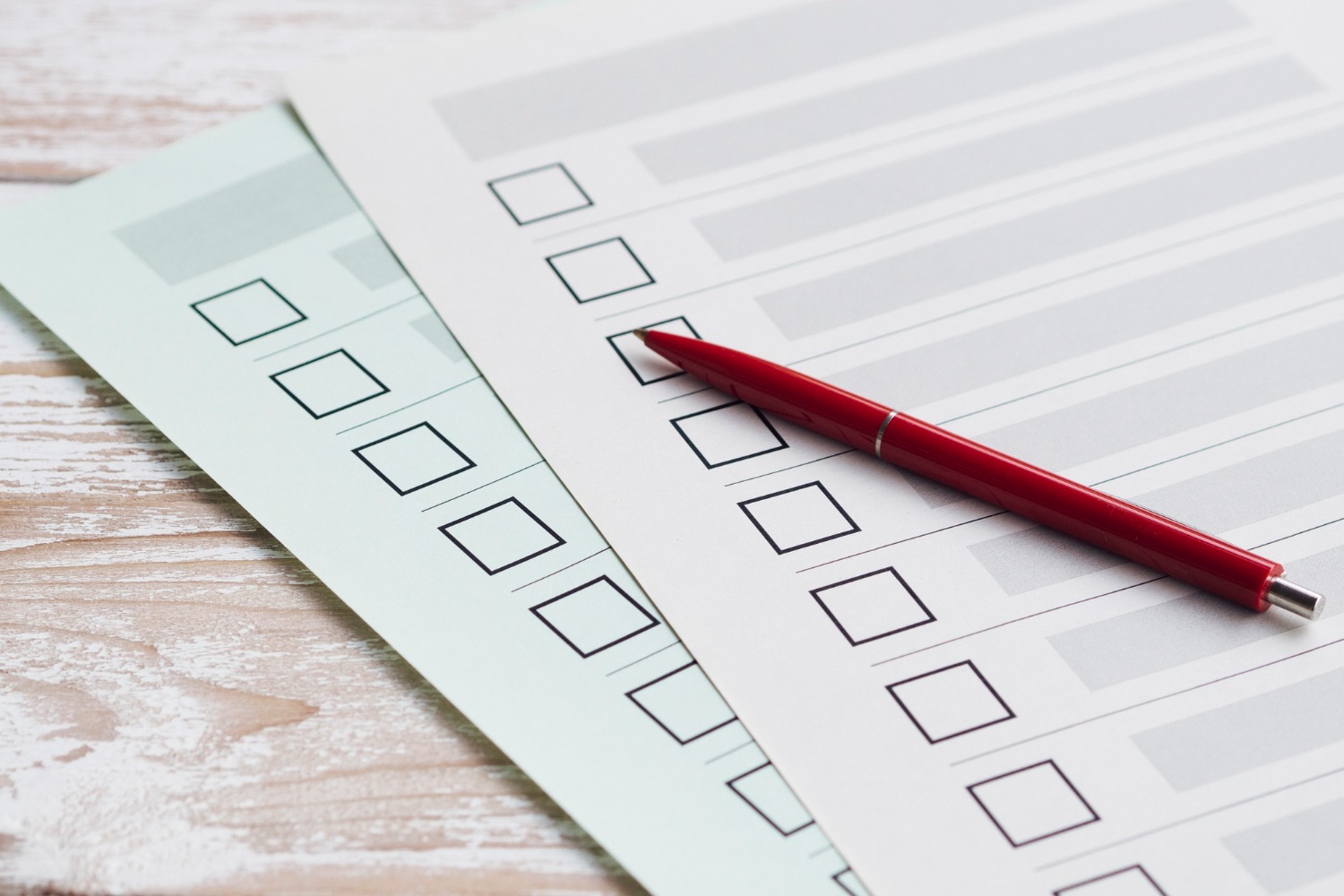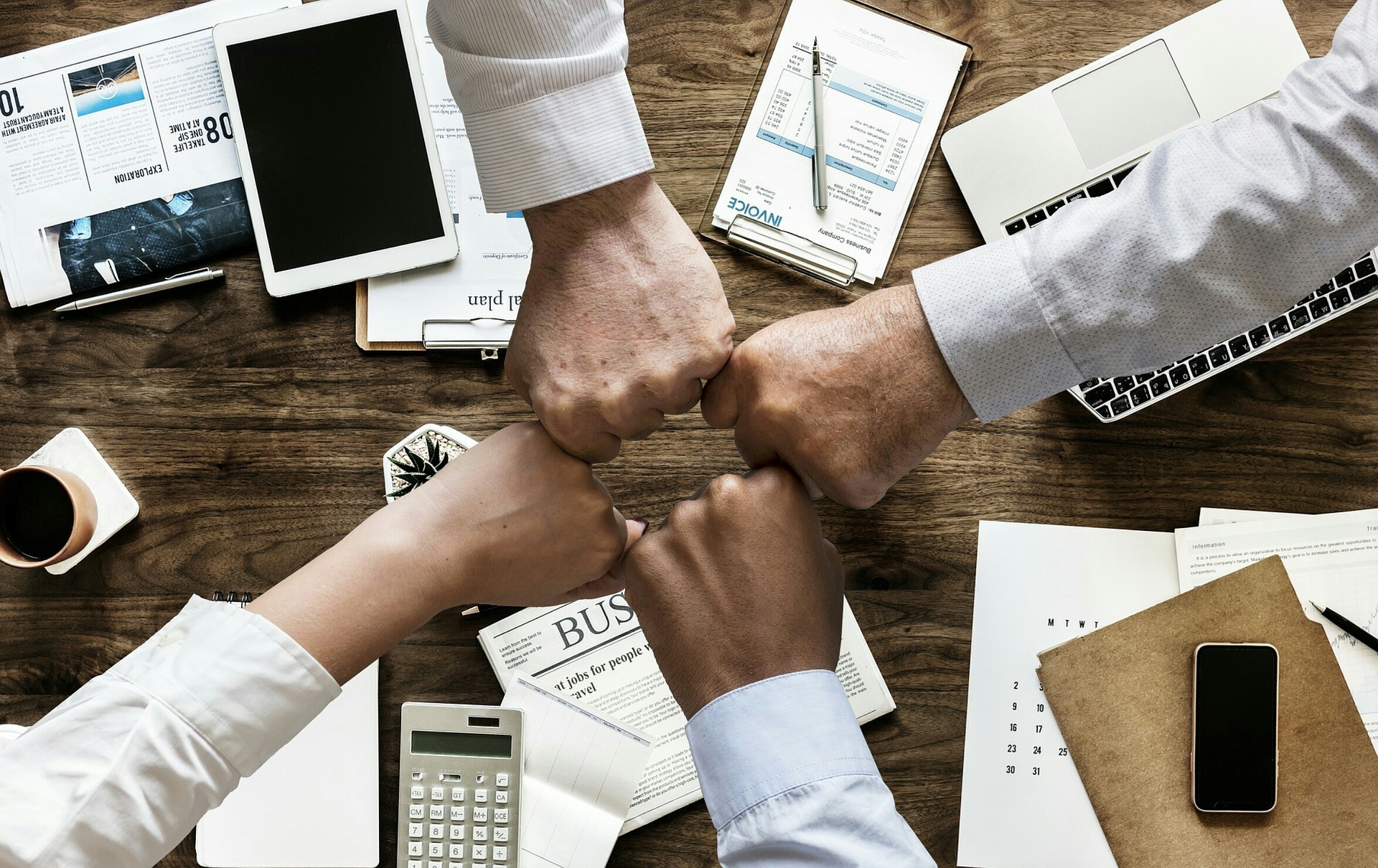Defining the right goals is the first step toward success for every firm. What methods do you use to set the right objectives? Are you confused between OKR vs 4DX battle? How do you bring individuals, teams, and the goals of your entire organisation together?
Efficient goal management is the answer. ✅
However, things become complicated when you see so many different methods for setting goals and the battle for OKR vs. 4DX seems like an unending one. There are other metrics like EFQM, SMART objectives, etc. but today, we’ll end the ambiguity that lies between OKR vs. 4DX! ?
An Overview Of Objectives & Key Results (OKRs)
Objectives and Key Results (OKRs) is a goal-setting process that helps businesses achieve their goals by enhancing transparency, refining focus, and strategically allocating resources.
The framework’s advantages include a stronger focus on outcomes that count, greater transparency, and improved (strategic) alignment. OKR accomplishes this by organizing employees and the tasks they perform around common Goals.
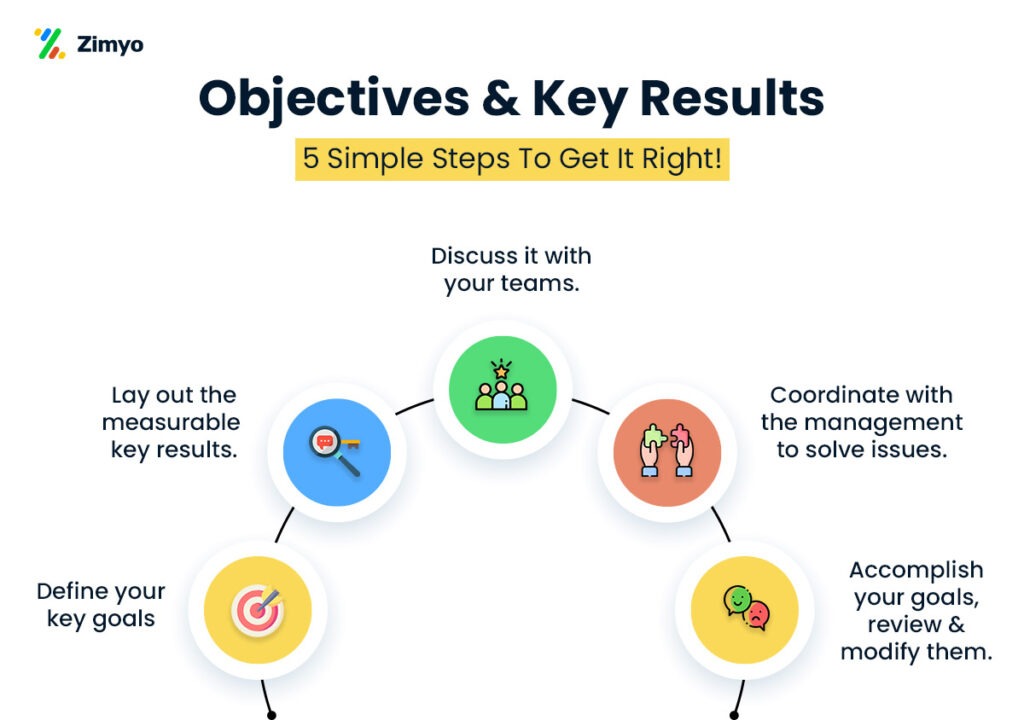
An OKR is made up of an Objective, which informs you where you want to go, and many Key Results, which are the outcomes you need to get to achieve your Objective. Initiatives are all of the activities that will assist you in achieving your Key Results.
The framework offers a set of guidelines that assist employees in prioritizing, aligning, and measuring the results of their efforts. OKR assists businesses in bridging the gap between strategy and execution and transitioning from an output- to an outcome-based strategy to work.
? What Is An Objective?
An Objective is a representation of something you hope to accomplish in the future. An Objective, like a location on a map, establishes the course of action. Objectives should not be technical and should not include a metric so that everyone knows where they are going.
? What Is A Key Result?
A Key Result is a quantifiable outcome that is necessary to accomplish the Objective. It includes a measure with a start and end value. Key Results track progress toward the Objective, acting as a guidepost indicating how close you are to achieving it.
? What Is An Initiative?
Initiatives are any undertakings or actions that can assist you in achieving a Key Result. Consider your company to be an automobile. The Objective is your target, the Key Results indicate whether you’re on the right track, and the Initiatives are the actions you’ll do to keep your car rolling.
Benefits Of Using OKRs
There is a slew of benefits of using OKRs:
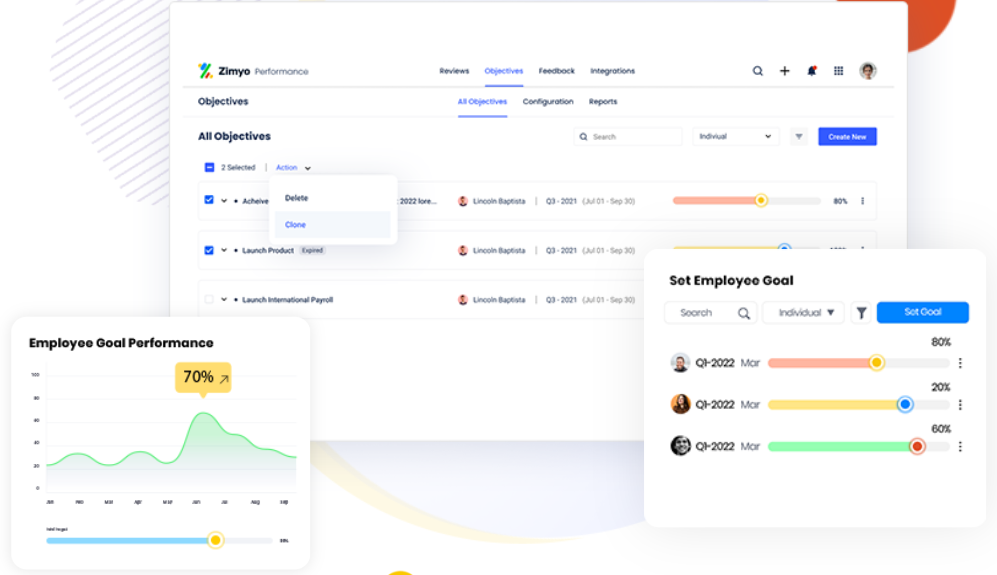
? Business Impact
According to the latest research, when comparing groups of employees who used OKR to those who did not, all who utilized it were far more efficient at their work, resulting in greater productivity and more profits. In reality, the group that did not employ OKR actively requested to be engaged in future rounds.
? Cultural Benefits
The most significant impact of utilizing OKR in most organisations that do not already have goal management in place is a cultural change from outputs to outcomes. Within an organisation, OKR fosters focus, responsibility, openness, and alignment. As a result of all this, productivity and employee engagement are improved.
? Strategic Alignment
OKR assists employees and managers in aligning all of their efforts, ensuring that everybody in the organisation is headed in the same direction.
? Focused Execution
OKR allows employers and employees to focus just on what is most relevant by prioritizing only the task with the greatest business impact.
? Engaged Employees
When people are motivated by a common goal, they yield excellent outcomes. OKR assists in communicating the big picture in a way that everyone can understand.
Now that you’re well versed with OKRs, let’s know more about what 4DX is, what are it’s disciplines are and how they work.
An Overview Of 4DX
Stephen R. Covey and Chris McChesney established the 4DX strategy execution framework, which they described in their book The 4 Disciplines of Execution. The notion encompasses four essential aspects that, when combined, assist managers and teams in carrying out the corporate strategy.
4DX’s four disciplines include:?
- Focus
- Leverage
- Engagement
- Accountability
Most firms, according to 4DX, operate in a complex maelstrom of activities, agendas, to-dos, and other work that represents “the day job.” Its mission is to assist managers and staff in cutting through this maelstrom and concentrate on achieving goals. These four concepts, which help define expectations and frame goal setting within an organisational environment, are central to the 4DX framework.
➡️ Discipline 1: Emphasis on WIGs (Wildly Important Goals)
The first discipline focuses on concentration. It’s critical to choose which goals are most significant to achieve the best results. Less is better since the more goals one has to accomplish, the less focused one will be. Follow the “From X to Y by When” framework when creating WIGs.
Here are four key rules that can help you focus on your targets in a better way:?
? Rule 1: No team will work on more than two WIGs at any given moment.
✅ This ensures focus and makes sure employees don’t feel overburdened.
? Rule 2: You should win a battle with the fight you pick.
✅ It assures that the WIGs selected will make a significant contribution to the organization’s overall growth.
? Rule 3: Senior leaders have the power to veto but not to dominate.
✅ It means that senior managers will establish critical WIGs, but lower-level employees must define WIGs for their teams.
? Rule 4: Every WIG should have an endpoint based on the “From X to Y by When” framework.
✅ It guarantees that each goal has quantifiable outcomes as well as a deadline.
➡️ Discipline 2: Action On The Lead Metrics (Leverage)
It’s all about determining what to analyze in this topic.
There are two types of measurements:?
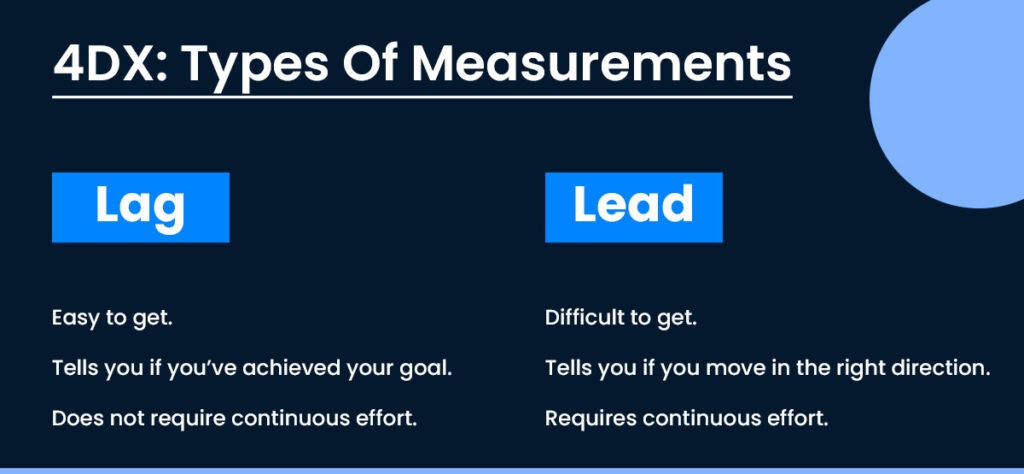
? Lag: This metric provides a clear direction on the goals you’re aiming to reach. Lag measurements include things like sales targets, organic traffic, revenue, and so forth. They’re simple to track, and the findings are accurate.
? Lead: This metric emphasizes the use of anticipatory actions to influence lag measures.
Let’s look at improving website traffic as an example. In this case, the lag is measured in terms of traffic volume. Lead measures would include developing ten fresh content pieces each week and improving existing content. Traffic will increase when you consistently add fresher content.
➡️ Discipline 3: Maintain An Appealing Scoreboard (Engagement)
This discipline emphasizes more on engagement. Earlier, strategic goals were created using complicated spreadsheets. 4DX is breaking the mold by tracking metrics with scorecards for WIGs.
Teams are free to create their scorecards. A simple dashboard displays data to tell individuals about how things are going, whether they are going well or not.
A well-structured scorecard should have the following elements:?
- It’s basic and easy to use.
- The team has complete visibility to all data.
- It displays both lag and lead times.
- It lets you know about the status of your progress.
➡️ Discipline 4: Create A Cadence Of Accountability
A good plan executed well is far superior to a brilliant plan executed poorly. You must walk the talk in the form of consistent action to make things happen. The first three disciplines create the tone for the game, while the fourth discipline plays it.
It’s all about analyzing past success and continuing to move forward. How? ?
You can hold WIG meetings once a week. Short meetings with pre-determined agendas can encourage accountability and participation among teammates.
Structure of the meeting: ?
- Report and review the commitments.
- Learn lessons from your accomplishments and failures.
- Agree on the next steps and make new commitments for everyone involved.
OKR vs 4DX: How Do They Compare?
In many aspects, OKR and 4DX are comparable. Both are useful for managers and teams to set the right goals and execute their business strategy while achieving focus, alignment, and engagement. They are also simple and easy to understand for most individuals. The distinction is in the way OKR and 4DX arrange the strategy execution method.
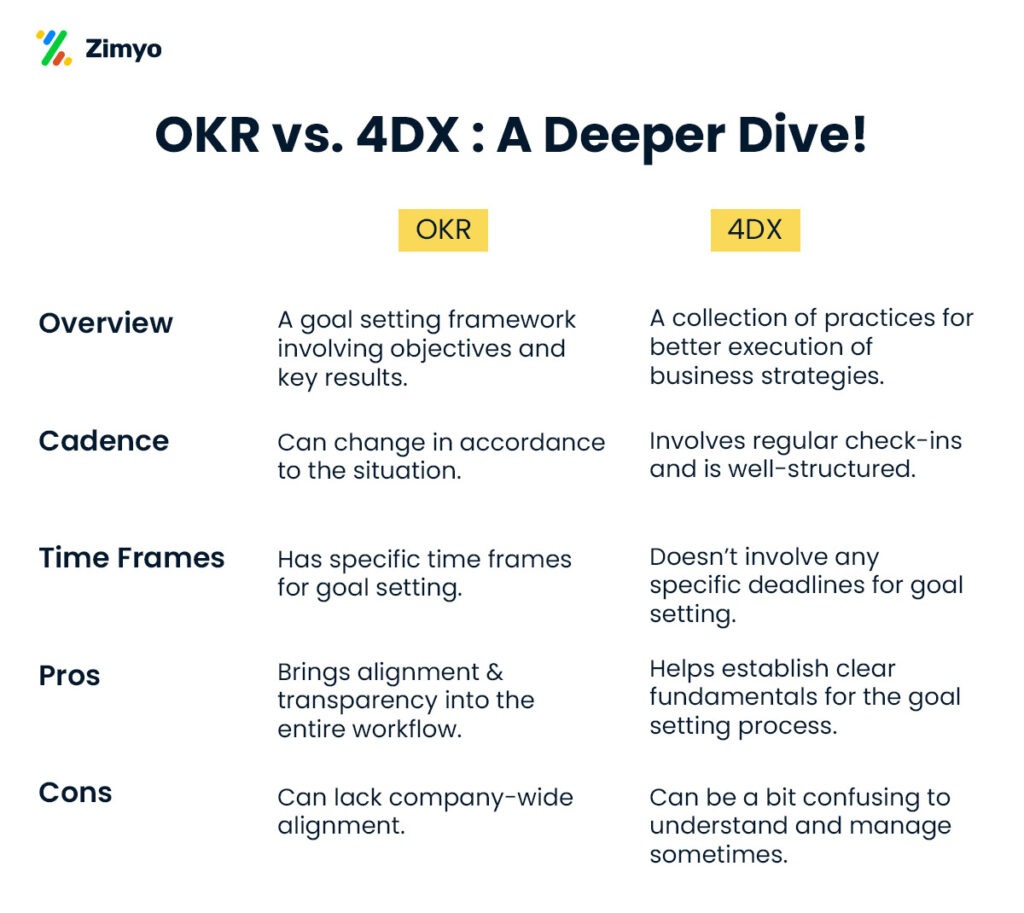
OKR can be regarded as a goal structure as well as a framework for executing strategies. An OKR is made up of an Objective and one or more Key Results for itself. It serves as a framework for goal-setting, describing the process in terms of cadence, hierarchy, and procedure.
The first three principles of 4DX define the framework, formulation, and assessment of goals. At the same time, the fourth concept outlines a weekly review cadence with a specific framework and timeframe for each review. OKR cadences are built to represent the organisational heartbeat; yearly closing and formation of company OKRs, quarterly closing and development of group OKRs, and routine checks in the interim.
Unlike OKR, 4DX does not differentiate between strategic and tactical goals. Instead, it emphasizes both the types of measures mentioned in the previous section. 4DX also doesn’t recommend any exact deadlines for setting goals.
OKRs vs 4DX: The Final Verdict
The concept of OKR vs 4DX, by their very essence, demand a significant shift in organisational culture toward one that is more cooperative, transparent, and data-driven. While 4DX helps firms implement a certain set of goal-setting methods, OKRs not only integrate these principles but also bring all lines of business together around a unified approach for prioritization, execution, and accomplishment.
As a goal-setting method, OKRs have a slew of benefits. They encourage organizational alignment. Setting long-term (strategic) goals and breaking them down into tactical (executive) goals is not only necessary for the OKRs technique, but it also increases the likelihood of organisations attaining their primary objectives.
It also raises awareness of individual and group initiatives among key stakeholders. ?
Consequently, you’ll be able to make smarter judgments and bridge the gap between your business strategy and execution.?
More from Zimyo
How has using HRMS system impacted the processes in an organisation?




